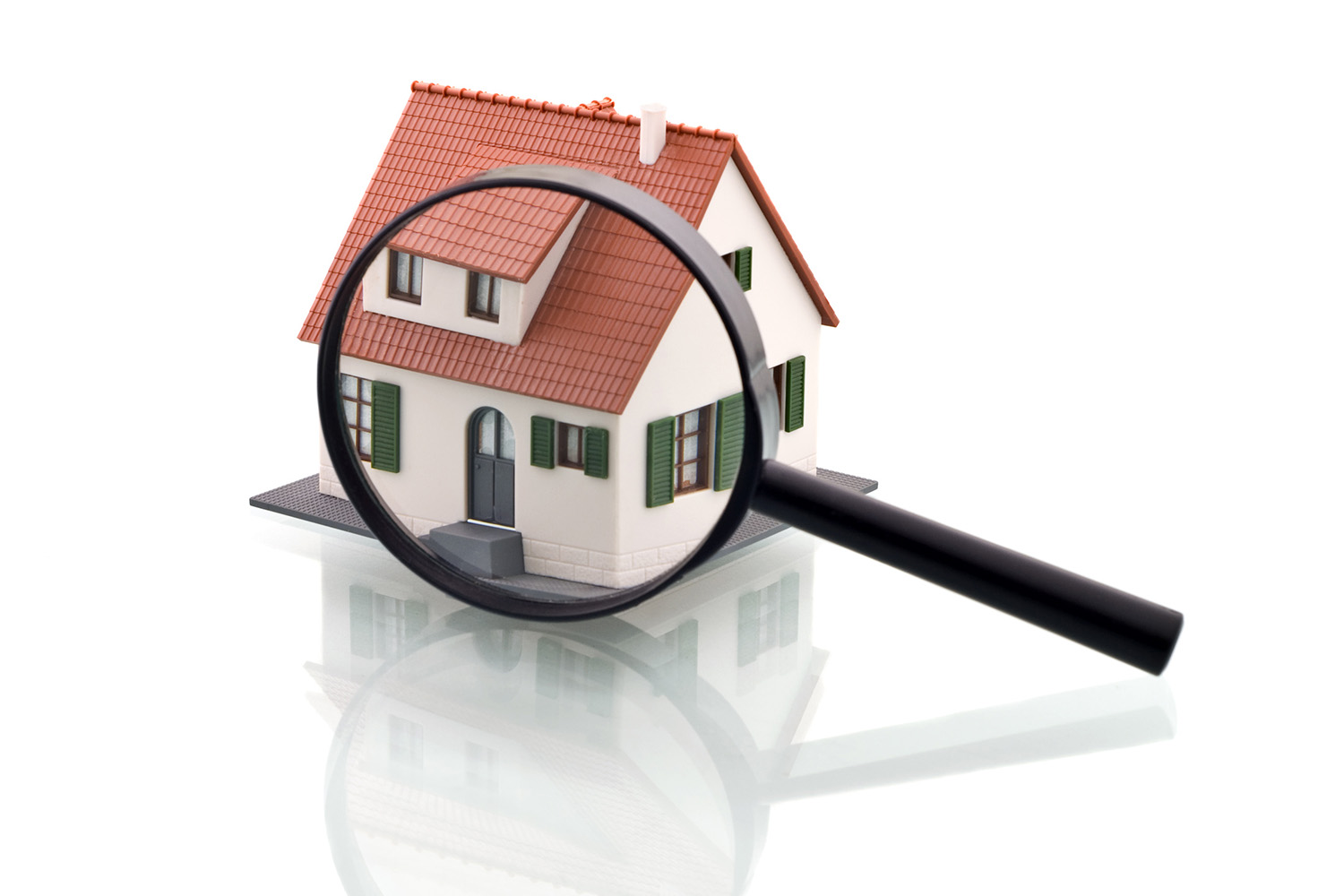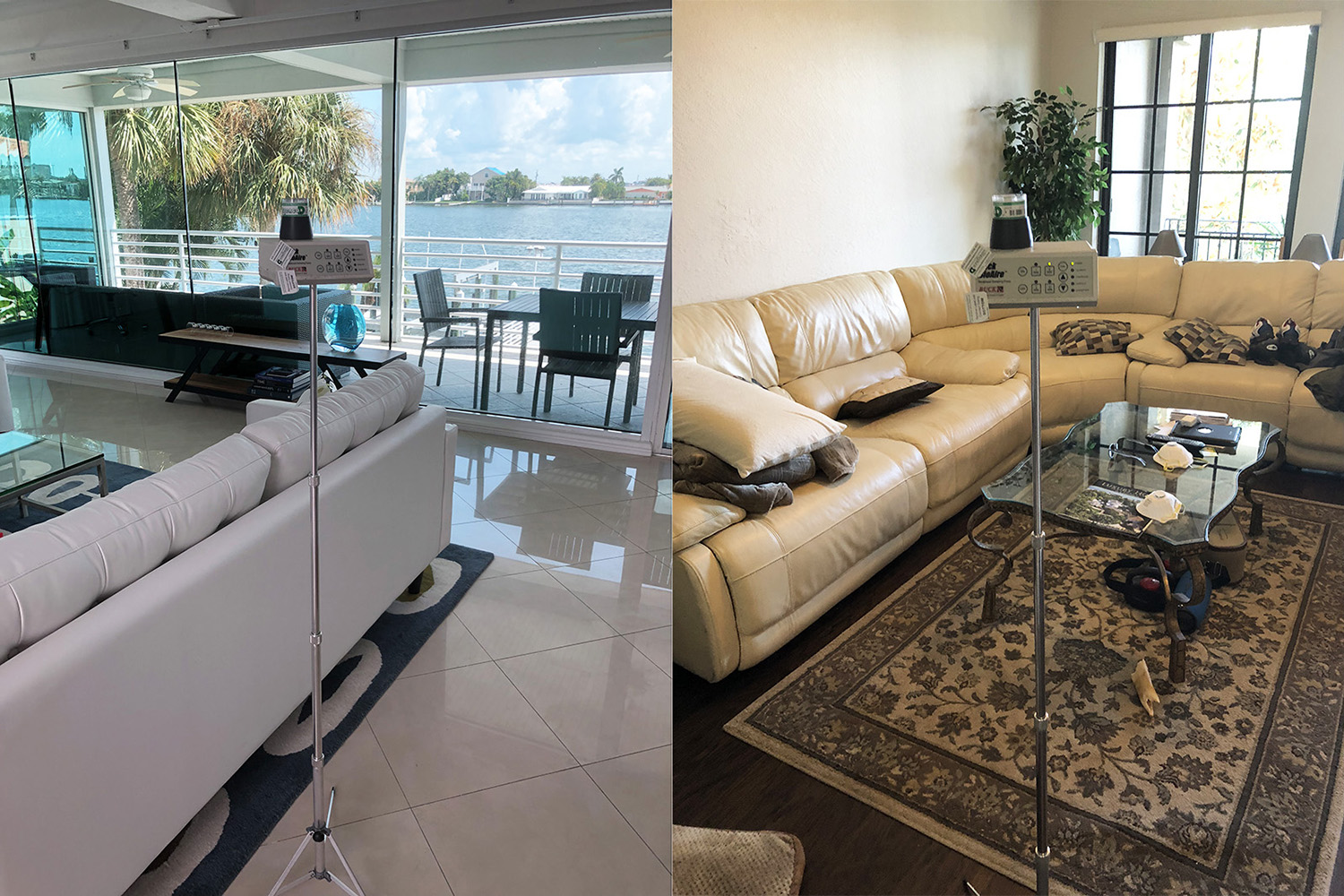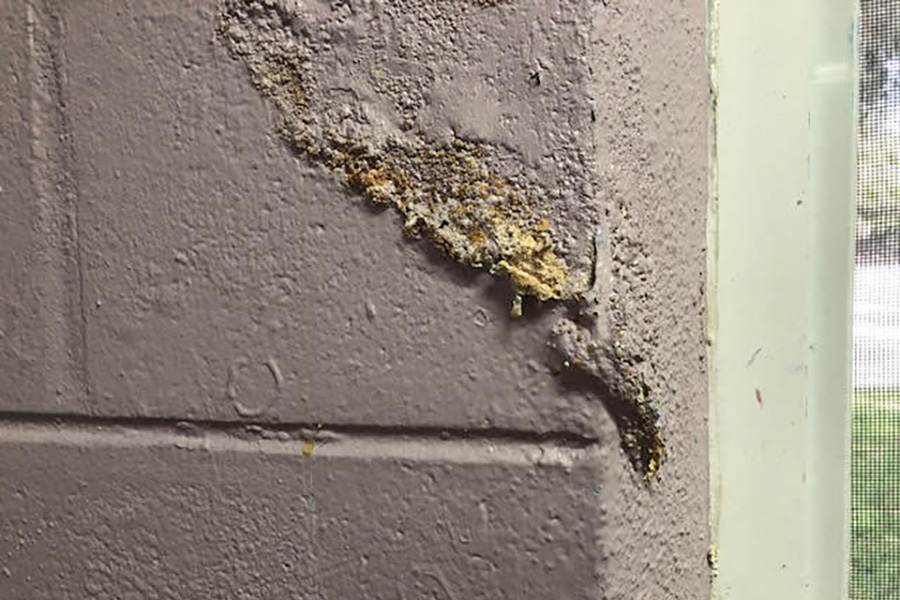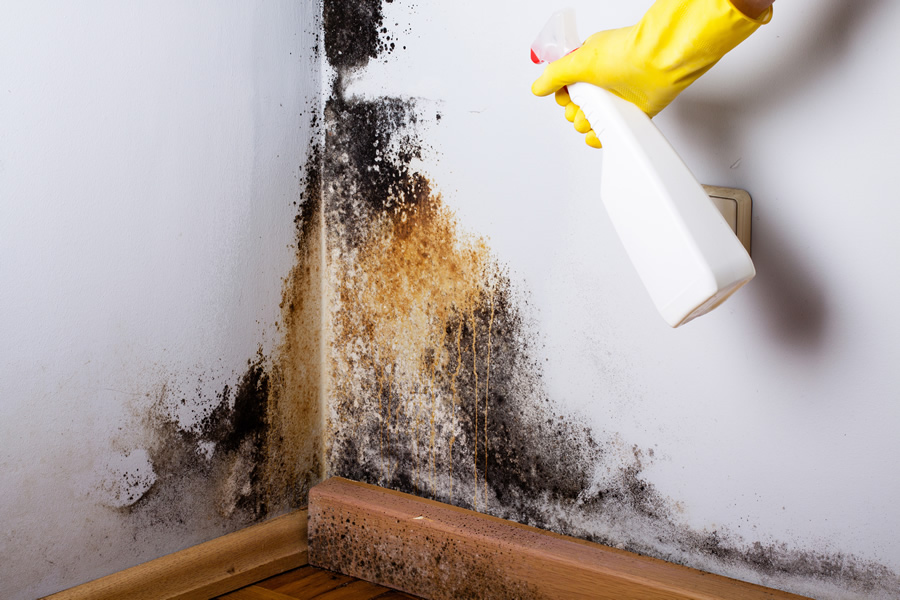Many factors can slow down construction work or drastically increase the costs, but there is a relatively new one that is making construction companies’ lives harder. A nightmare for both the owners of the building and the contractors that work on it, mold is an unwelcome, but frequent tenant of new constructions.
More and more uncompleted buildings suffer from mold and become unfit for use before they are even finished. Newly completed houses and office blocks that get infested with the fungi are a disaster for the contractors: with all the dangerous health effects mold has, there is no way they can put a building like that into operation.
So Why Do New Constructions Get Infested With Mold?
Buildings getting infested with mold as early as at the construction stage is a new thing: several decades ago this problem wasn’t common. There are several reasons why mold has become such an issue for new constructions:
poor “value engineering” that results in removing quality components, resistant to moisture and mold, omitting waterproofing details that are considered redundant, etc.;
lack of knowledge or poor judgement on sequencing work in a way that protects vulnerable components, and organizing the construction in a weathertight manner;
poor technical supervision and coordination between the trades;
construction delays due to litigation or disputes, which leave vulnerable materials fully exposed to moisture and harsh weather.
Here’s How to Avoid Mold When Constructing a Building
The only effective way to avoid mold infestation at the construction stage is preventing it and identifying it with effective mold testing. That means the whole construction process, from the materials to the methods used, should be arranged with mold prevention in mind. The unwanted tenant of the new building will have no chance if construction contractors follow these rules:
- Make sure the design of the building is high-quality and durable: waterproofing and flashings should be well-designed.
- Avoid or limit the use of the increasingly popular construction materials, which are vulnerable to moisture damage and mold infestation: cellulose-based fireproofing-tend, paper-faced batt insulation, OSB (oriented strand board sheathing), paper-faced gypsum wallboard, and some others.
- Select durable materials that are less prone to mold infestation (for example, glass fiber-faced sheathing to replace paper-faced sheathing).
- Use construction methods that protect water-vulnerable materials until the process is finished.
- Never apply interior materials that are prone to mold (e.g., paper-faced gypsum wallboard) until the construction is enclosed and made waterproof.
- Implement constant quality control and supervision to make sure design requirements are met; the humidity level inside the construction is acceptable; leaks and moisture condensates are immediately dried out.
If there is a risk that the building has been infested – a musty odor is the first sign of that – it is better to call for a mold inspection service to detect and remove the mold colonies. Difficult as removing mold from construction materials is, it is much easier to get rid of it before the building is completed. If you want to make sure your new building is delivered mold-free, call Expert Mold Test at (727) 321-9269 and we will arrange an inspection.





